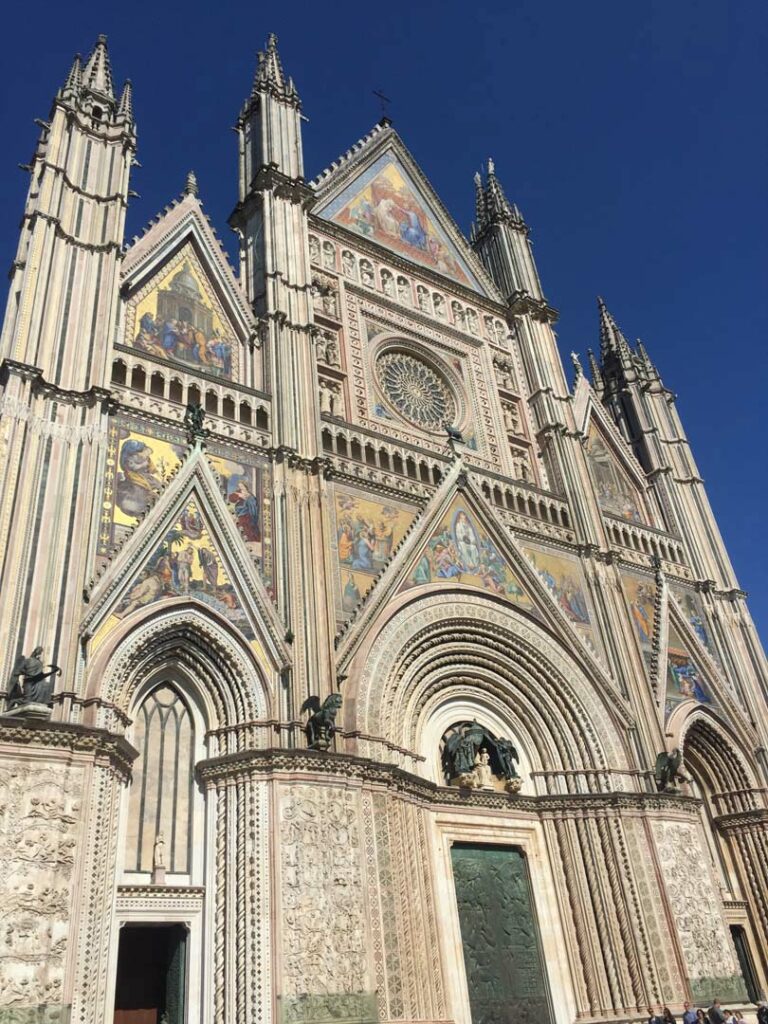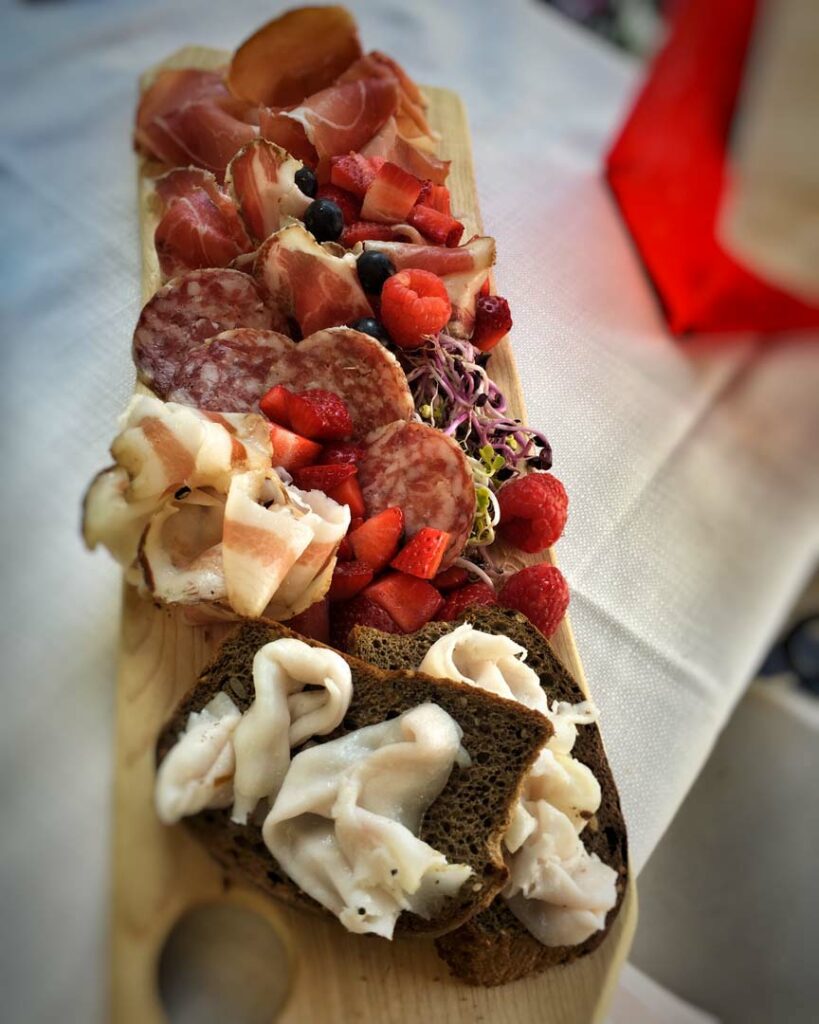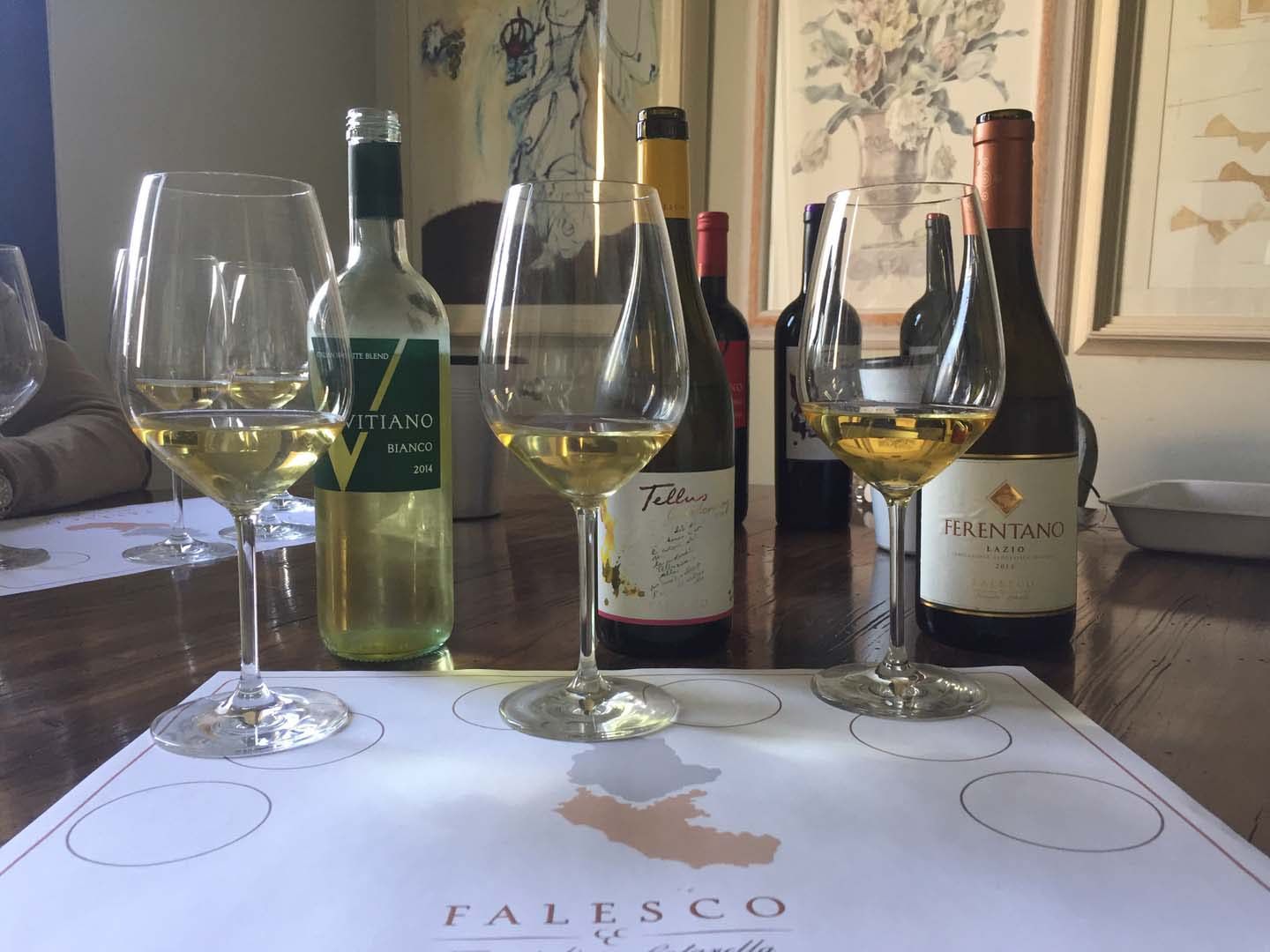
In the heart of Italy there is a well kept secret named Roscetto…
Today wine story is about another Italian hidden gem I fell in love with during my last Italian wine tour in April 2017, when I visited the wonderful green heart of Italy, the area nestled between Umbria and Lazio.
Let me introduce you to Roscetto (also Rossetto), an ancient and rare white grape varietal grown in small quantities in that area. It is a low-yielding varietal, resistant to fungal disease that has historically been use in blends with Trebbiano Toscano and Malvasia Bianca Lunga. Due to its low-yielding character, Roscetto has been unpopular with many farmers, and was even close to extinction in the 1960s. However, one family saw the potential of the varietal and is producing high quality wines from the varietal today.
The Family Cotarella has its origins in the wine world since the Sixties, when Antonio and Domenico Cotarella, growers in Monterubiaglio (Terni), made the first winery to produce their own wine. Domenico’s sons, the brothers Renzo and Riccardo Cotarella, both winemakers today, grew up in a land of long winemaking traditions, driven by the passion of their father, then founded the current Falesco winery in 1979. The Cotarella family has been highly influential in promoting Roscetto and showcasing its real potential through varietal wines. On vineyards planted in the area between Montefiascone and Lake Bolsena, in the province of Viterbo, Falesco cultivates its Roscetto on a soil, part of volcanic nature, and part sedimentary.
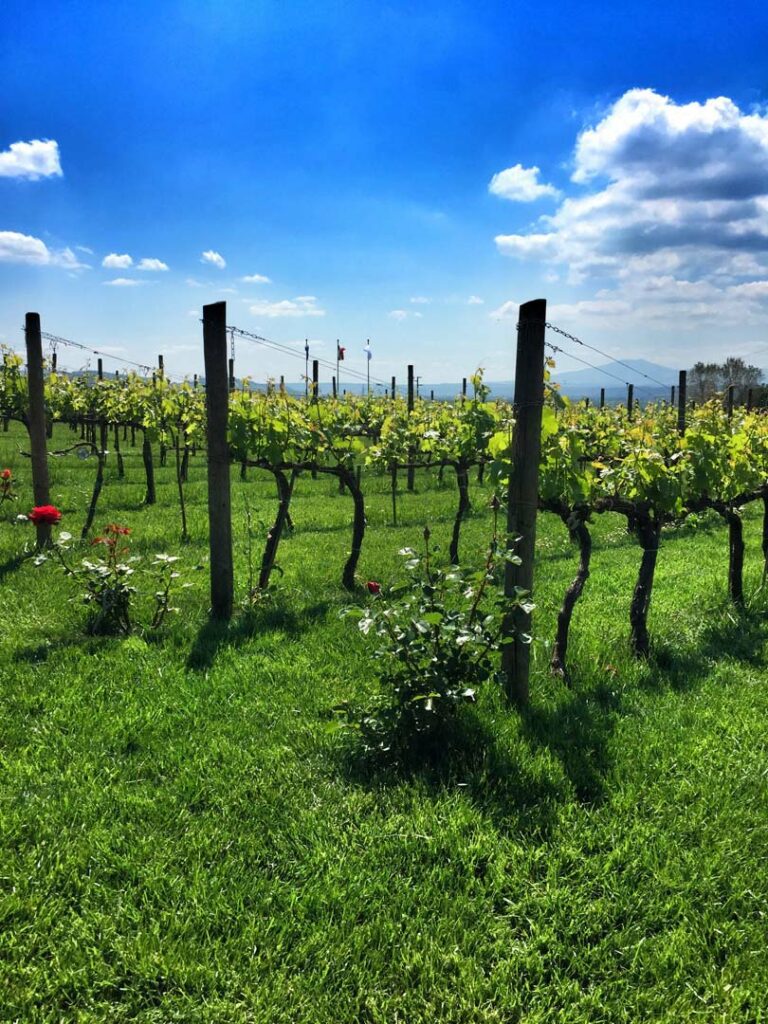
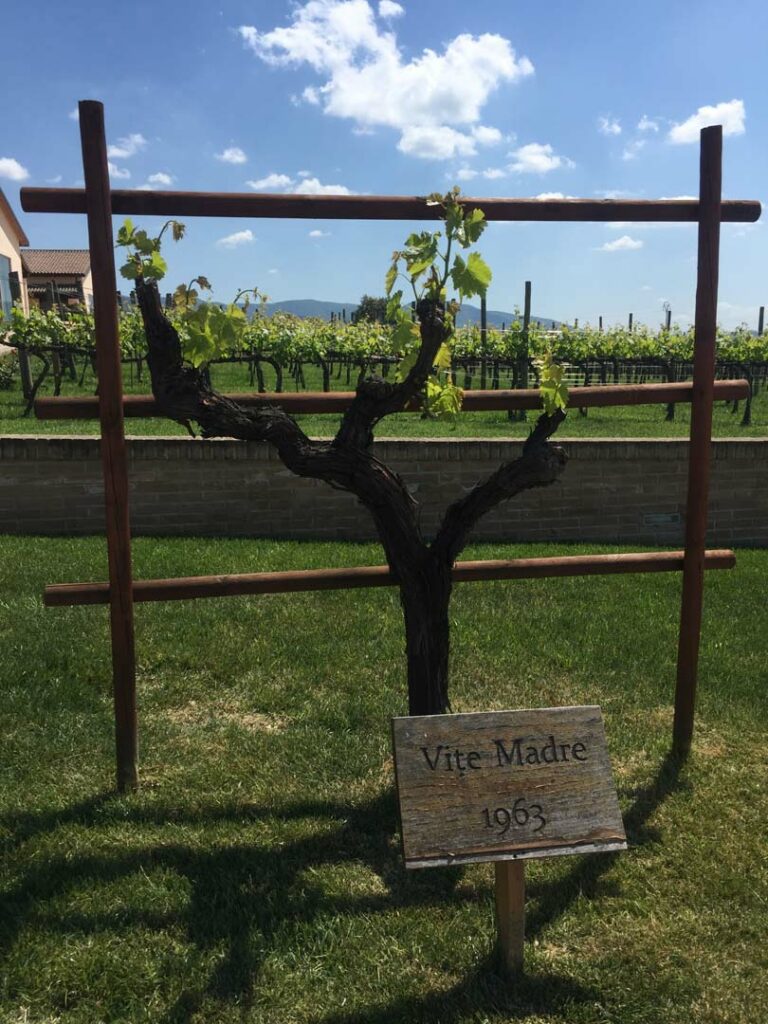
Demonstrating their passion for varietal, the Cotarella brothers conducted trials and DNA studies of the grape since 1978, and produced the first Falseco Roscetto wine, Puggio del Gelsi, in 1989. In 1998, they debuted the IGP Ferentano label which expresses all the potential of the grape, above all the ageing potential. I tasted the 2013 vintage and it was so bright and complex. It is a rich, very well balanced wine, with loads of ethereal flavours: on top of the tropical fruits and the citrusy aromatic herbs (such as citronella and tarragon) you can experience bee wax, petroleum and hints of flint (given by the volcanic soil). Interesting also the evolution of the wine in the glass: new shades of fruits, white flowers and a light balsamic note were changing constantly with time. I really enjoyed Ferentano, I think Roscetto is a variety that can give great complexity and tridimensional wines which last for years. At the mouth the flavors are strong, rich, soft and full with a superior, persistent finish.
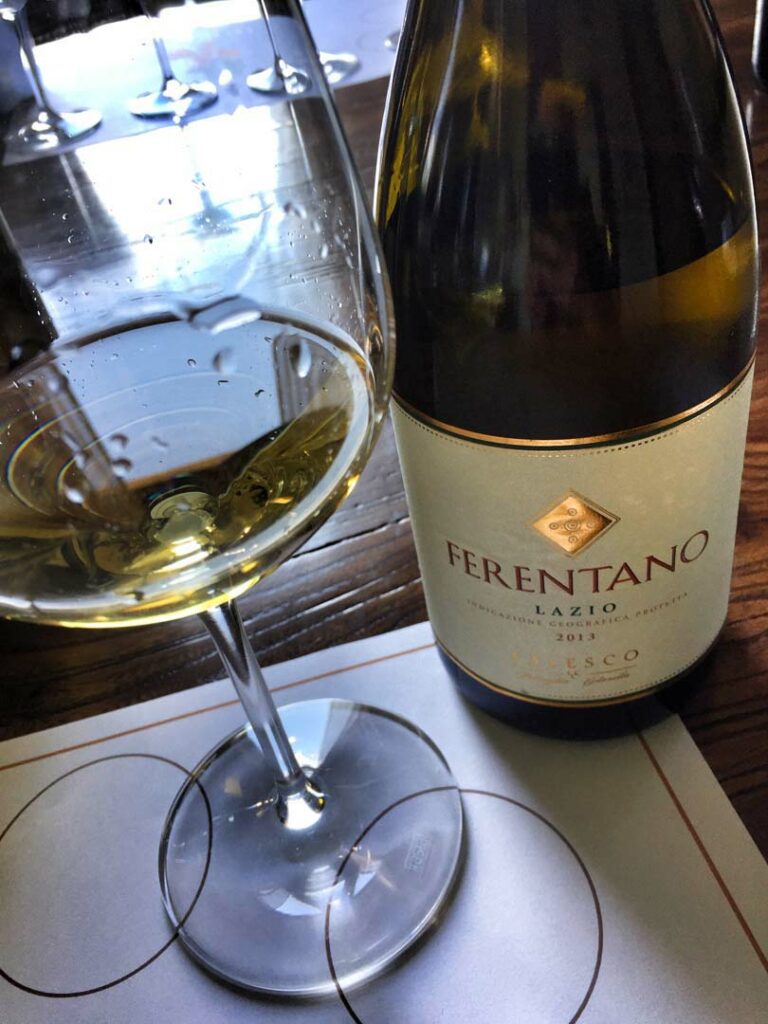
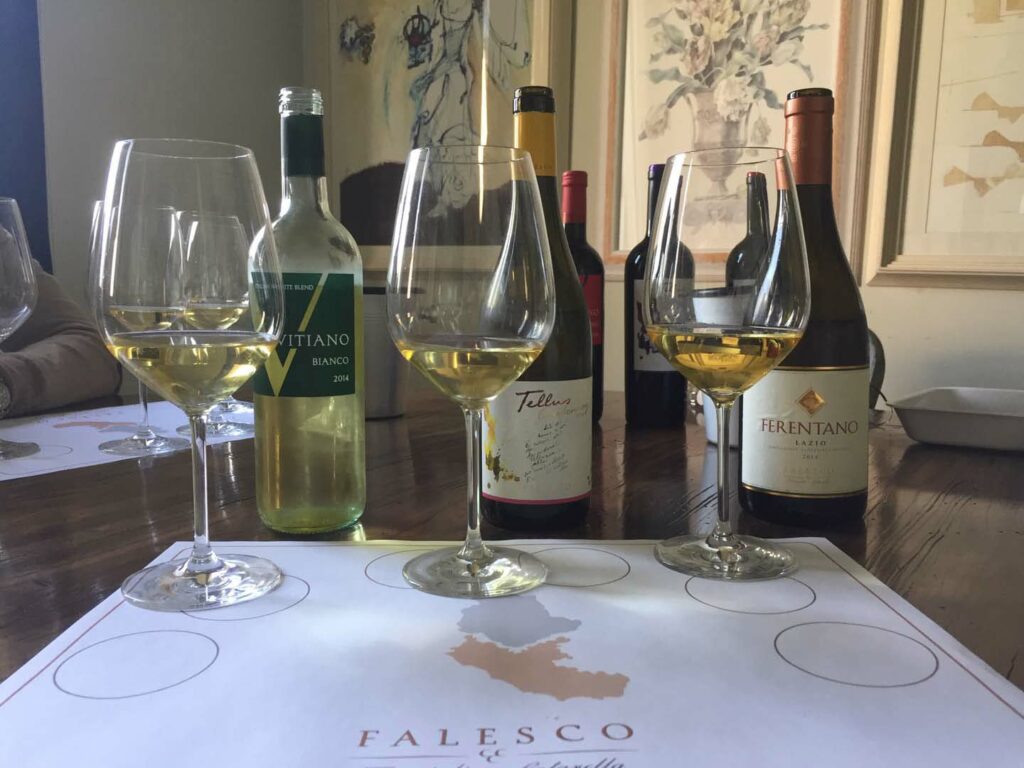
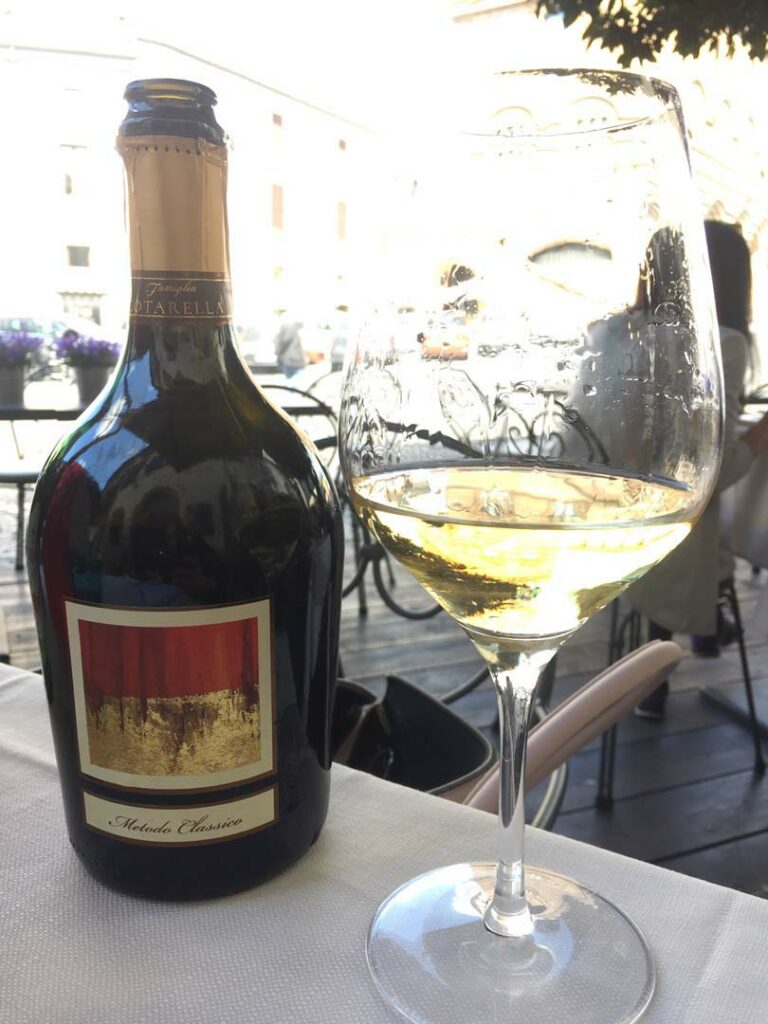
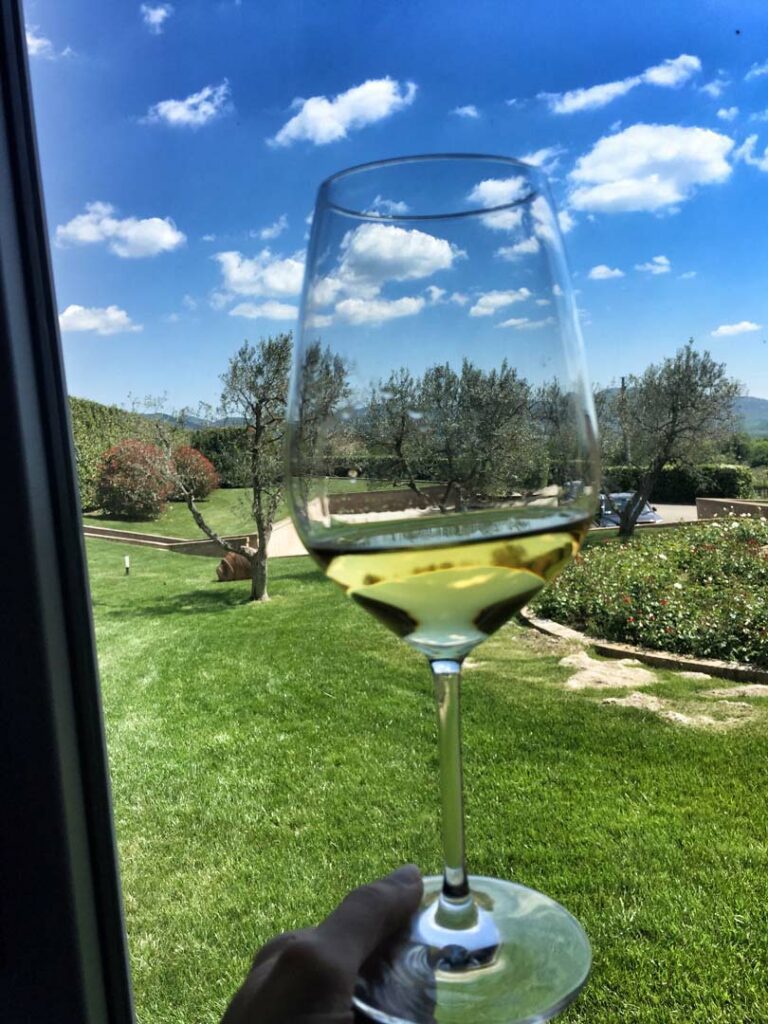
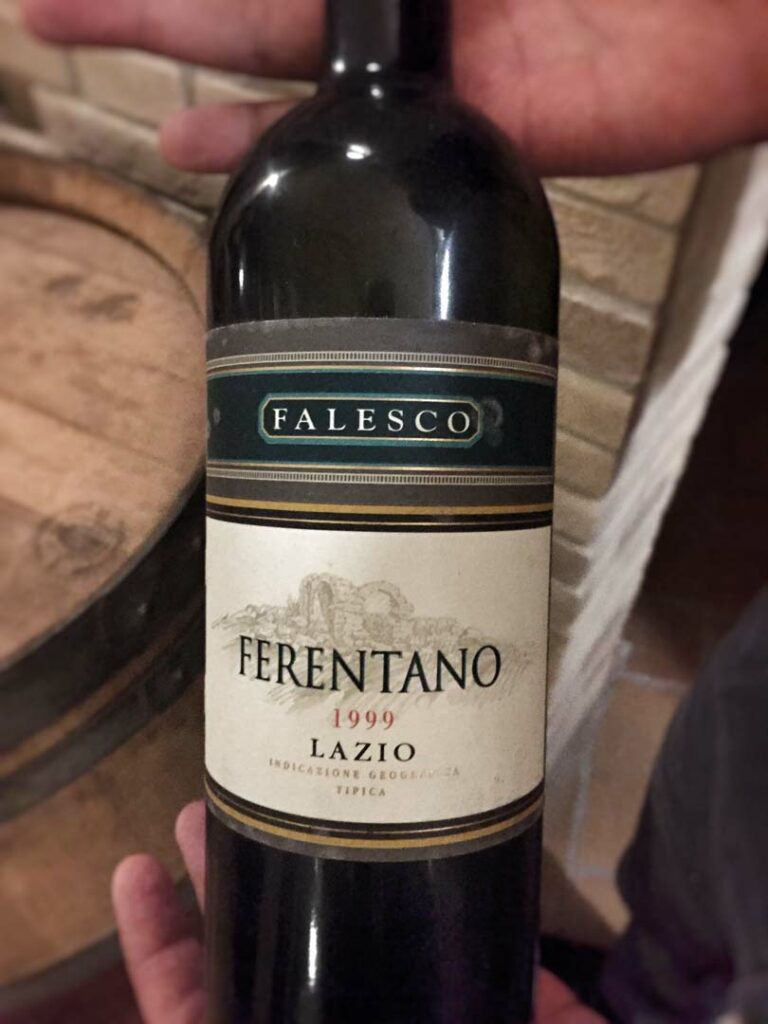
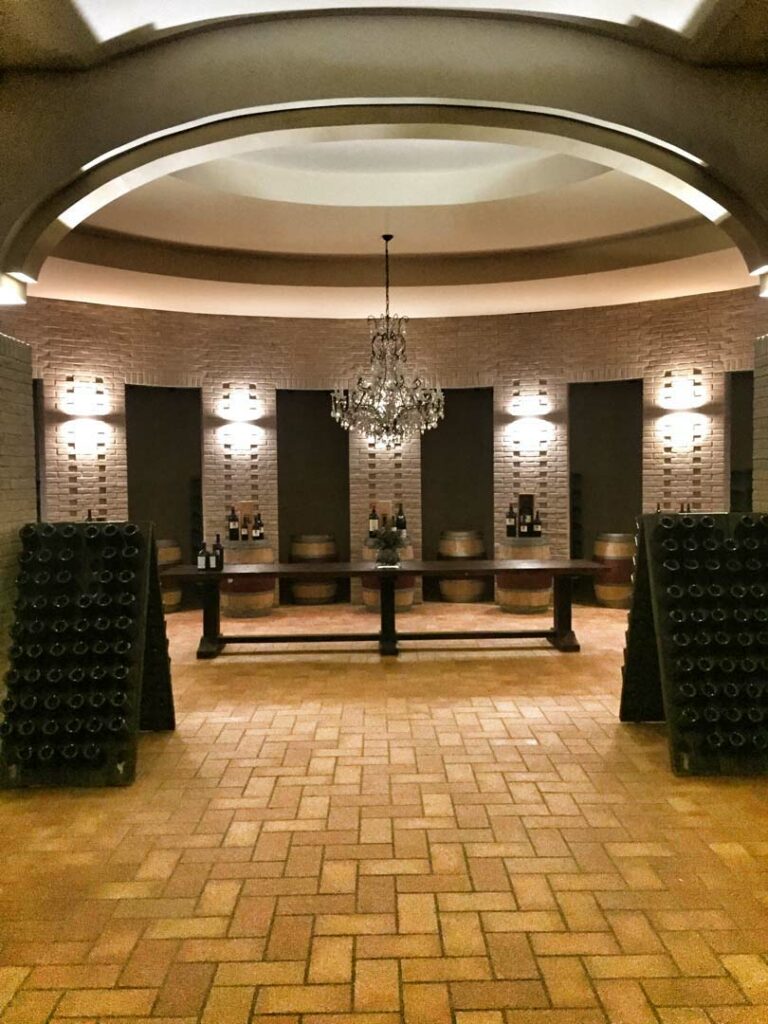
Today Falseco produces varietal Roscetto wines in three styles; still dry, sweet passito and sparkling. During my tour of the winery I learned the special technique they use to crush Roscetto berries. The skin of this variety is very thick: the risk is to have unwanted tannins from the seeds in the juice, since you have to squeeze the berries too hard to break the skin. What’s the solution? Ice. They use dry ice before the soft pressing to gently break the skin without squeezing the seeds. All the intense aromatics of the grape are released to the juice without any contamination. Pretty cool!
